fort384
TPF Noob!
- Joined
- Jun 22, 2014
- Messages
- 20
- Reaction score
- 25
- Location
- United States - Illinois
- Can others edit my Photos
- Photos OK to edit
Hi all, new to the forum, would just like to share some of my astrophotography adventures with you. I also do some macro photography and enjoy reading and viewing others's work. Here are some of my recent works:

The Elephant's Trunk Nebula - SBIG STF-8300 Mono CCD Camera

The Horsehead Nebula - Canon 1100D

The Great Nebula in Orion - Canon 1100D

Bode's & Cigar Galaxies - SBIG STF-8300 Mono CCD Camera

The Elephant's Trunk Nebula - SBIG STF-8300 Mono CCD Camera

The Horsehead Nebula - Canon 1100D

The Great Nebula in Orion - Canon 1100D

Bode's & Cigar Galaxies - SBIG STF-8300 Mono CCD Camera
Last edited:







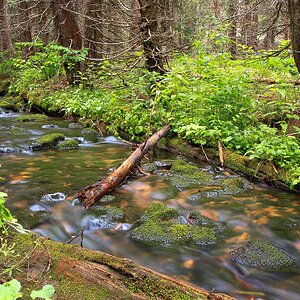
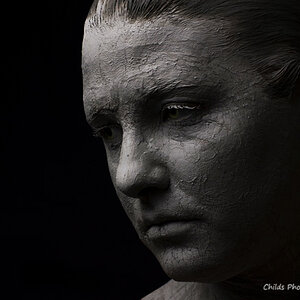

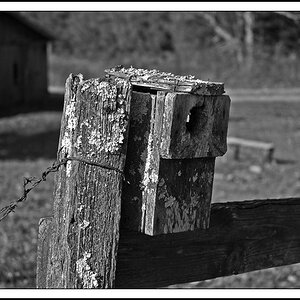

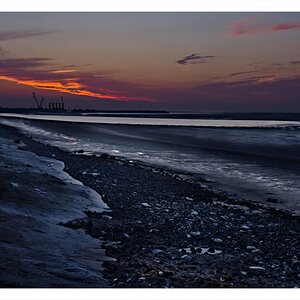
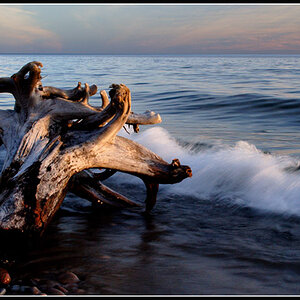

![[No title]](/data/xfmg/thumbnail/31/31011-439c1242fe08cf6b54f32bf06523a567.jpg?1619734567)